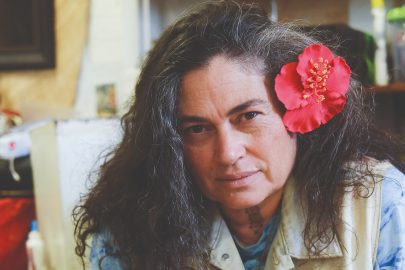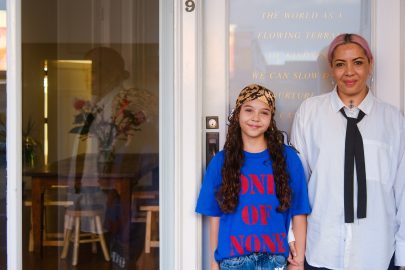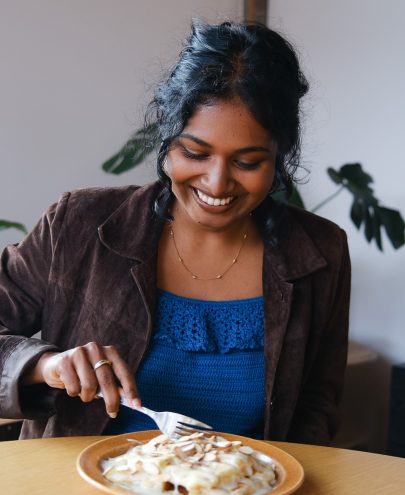Oct 14, 2016 Art
When I stand in front of this painting of Pare Watene, or Pare Watana as she is known in our family, I am standing in front of a taonga of my whanau. I see our connection through our shared whakapapa.
I connect myself and my four children to her through the whakapapa knowledge and her cultural property that has been passed on to me from my grandmother and her brothers.
Pare was a rangatira and you can feel that when you stand in front of her portrait. I still have her korowai, the cloak that I believe is the one she is wearing in the painting.
She lived at Parawai in Thames, where she was close friends with Heeni Hirini, a woman also painted by Gottfried Lindauer and whose portrait will also hang in the upcoming exhibition of his works at the Auckland Art Gallery Toi o Tamaki.
The two friends both held considerable mana and it means a lot that they can be together today through their portraits.
Pare was born in 1858 and died at the age of 41. She is buried along with her sister in an urupa not far from my house. She had no children and her lands went to Te Arani, her older sister. Te Arani is my great-grandmother.
Although this painting is accomplished, elegant and very beautiful, I see it also as presenting a romantic, idealistic notion of the “noble” Maori for the colonial settler audience, rather than recording the real life that Pare and others of Ngati Maru lived at that time. The portrait doesn’t tell us about the challenges Pare faced when she was alive.
Pare lived in one of the most turbulent times for Maori, because of colonisation from the gold rush at Thames. The region was transformed from a Maori to a Pakeha domain.
Pare witnessed the wholesale loss of Maori land and social and economic deprivation so acute that by the time she died, Maori were virtually paupers in our own land. Like many others, she had little immunity to common European diseases.
This exhibition will allow for the stories of these incredible portraits to be told. It will give these rangatira the prominence and respect they should have as important taonga, not just for us, but for the whole community.
For our family, we don’t have to own Pare’s portrait or hold it, she’s there in the gallery where we can visit her. The whole community can benefit from her presence there, which is a great thing. It’s a tangible connection to our past.
The Maori Portraits: Gottfried Lindauer’s New Zealand, Auckland Art Gallery Toi o Tamaki, from October 22. www.aucklandartgallery.com





